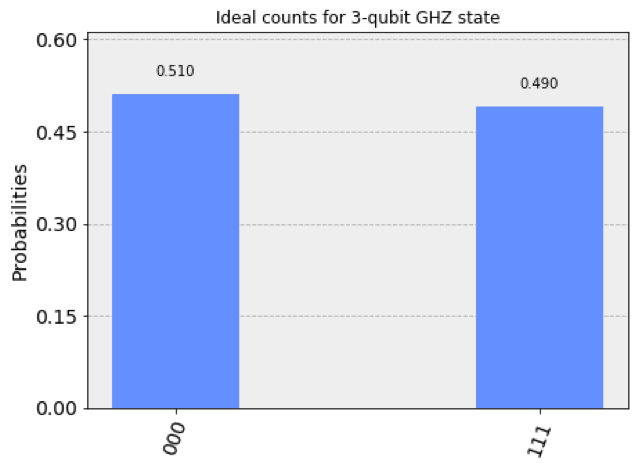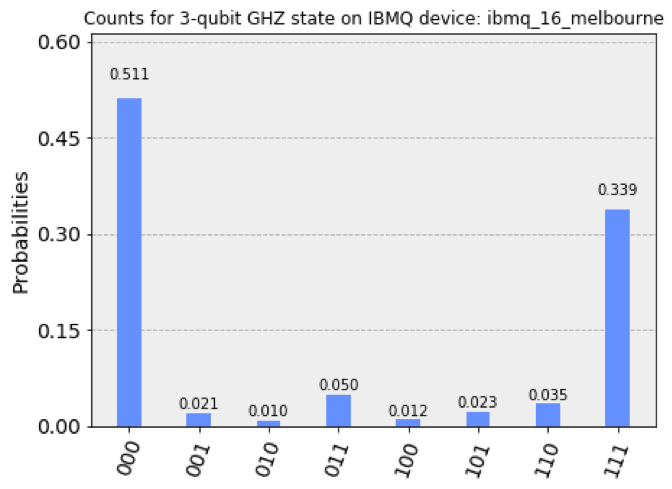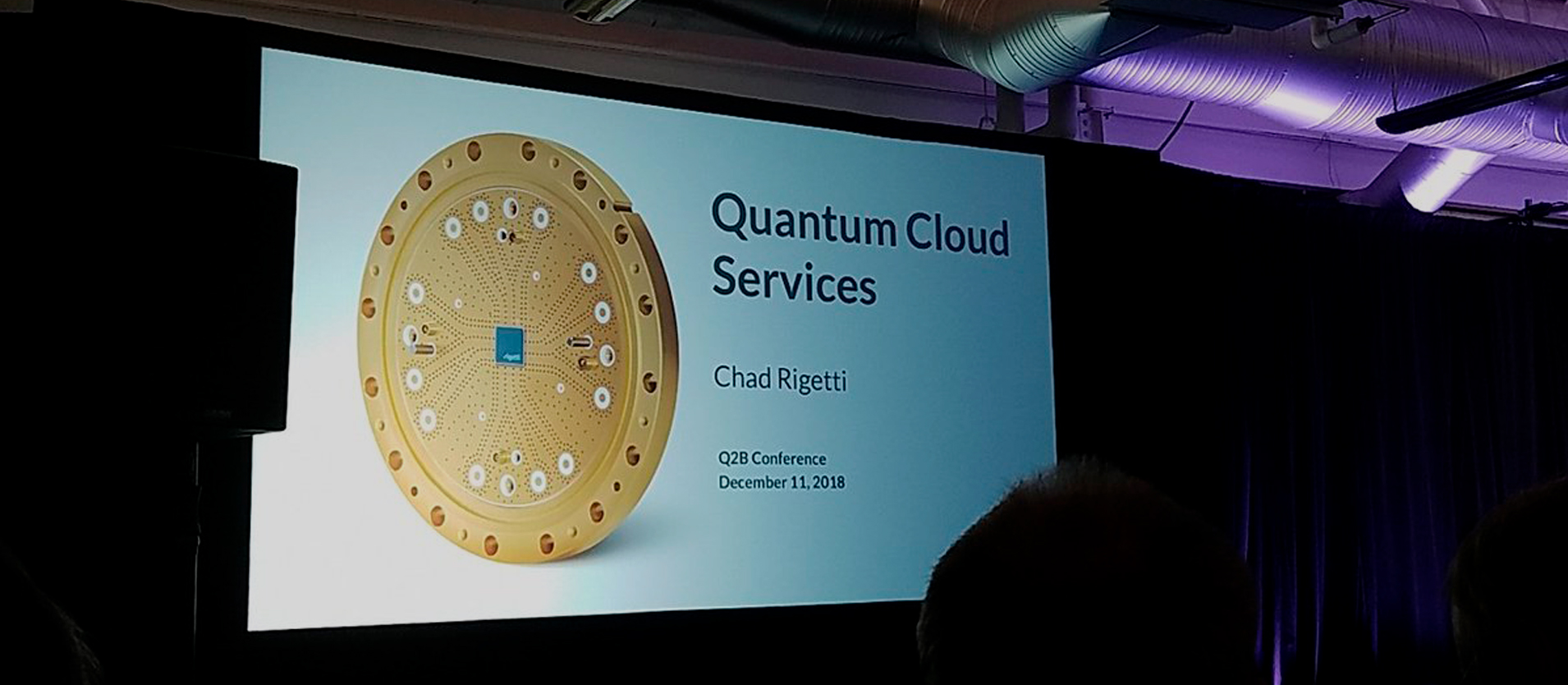Qiskit Aer: A high performance simulator framework for quantum circuits
This week the Qiskit team releases a major update to the Qiskit software stack with the first release of Qiskit Aer 0.1. Qiskit Aer is a high-performance simulator framework for studying quantum computing algorithms and applications in the noisy intermediate scale quantum (NISQ) regime.
Quantum computing, by its very nature, cannot be efficiently reproduced using classical computers. The resources required to simulate quantum hardware increases exponentially with the number of qubits. For the hardware developed in the next few years, even the world’s largest classical supercomputers won’t be enough.
Despite this, these near-term devices are still ‘intermediate scale’. Though large enough that their simulation will be intractable, they won’t yet be large enough to implement full-scale quantum error correction. This means that errors will occur during execution of any quantum computation. The longer our quantum program, the more these errors will accumulate.
These errors are unavoidable, and can take many forms depending on the physics of the devices. To develop quantum algorithms that are robust against their effects, we need to know our enemy. This requires us to have an accurate model of the errors that occur, as well as the ability to simulate their effects. Then we’ll be much better equipped to explore near-term quantum applications with noisy devices.
Let’s consider running a circuit to prepare a 3-qubit entangled state on both a real quantum computer, and an (ideal) quantum simulator. Below is the expected output returned by a simulator:

Now let’s see what happens when we run this algorithm on an actual quantum computer:

Notice the extra peaks? These are due to noise and errors during execution. The larger the quantum computer, and the longer the computation, the more random this output histogram will look.
How can Qiskit Aer Help?
Qiskit Aer is a high-performance simulator for Qiskit Terra that provides a highly configurable noise model for studying quantum computing in the NISQ regime. Its core is written in C++ for speed and incorporates features from IBM’s high performance online simulators into a local simulator that scales to run on your own system, whether that is a laptop, desktop, or server.
The first release includes three simulator backends:
1. The QASM Simulator is the main Qiskit Aer backend. This backend emulates execution of a quantum circuits on a real device and returns measurement counts. It includes highly configurable noise models and can even be loaded with automatically generated approximate noise models based on the calibration parameters of actual hardware devices.
2. The Statevector Simulator is an auxiliary backend for Qiskit Aer. It simulates the ideal execution of a quantum circuit and returns the final quantum state vector of the device at the end of simulation. This is useful for education, as well as the theoretical study and debugging of algorithms.
3. The Unitary Simulator is another auxiliary backend for Qiskit Aer. It allows simulation of the final unitary matrix implemented by an ideal quantum circuit. This is also useful for education and algorithm studies.
The development of Qiskit Aer has been a collaborative effort from IBM-Q researchers Christopher J. Wood, Hiroshi Horii, Hitomi Takahashi, Juan Gomez Mosquera, Yael Ben-Haim, Gadi Aleksandrowski, Yehuda Naveh, and John Gunnels from the IBM TJ Watson Research Center, IBM Research Tokyo, and IBM Research Haifa.




